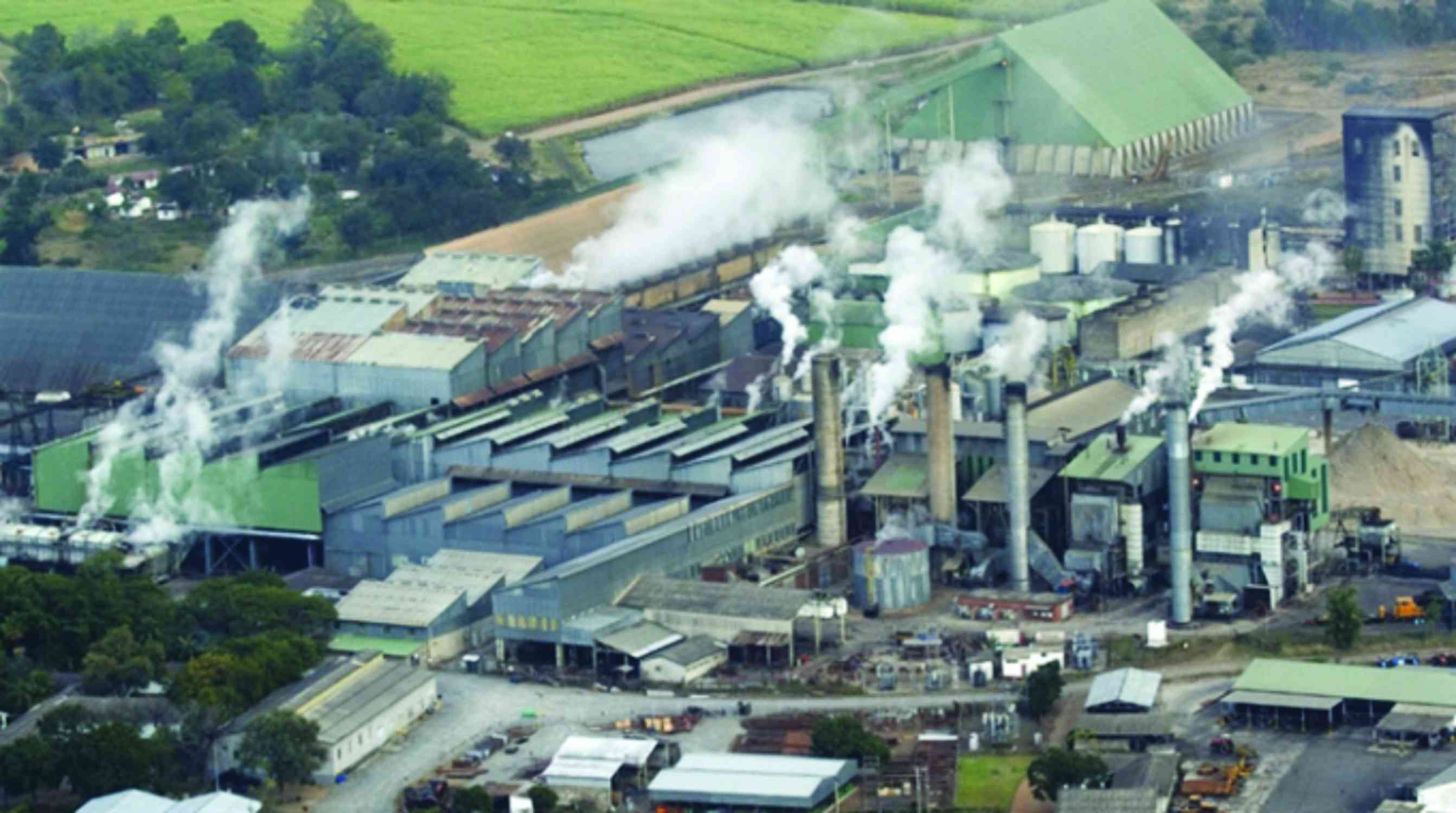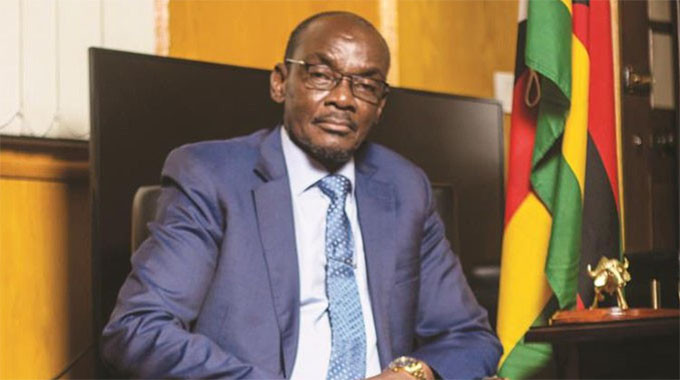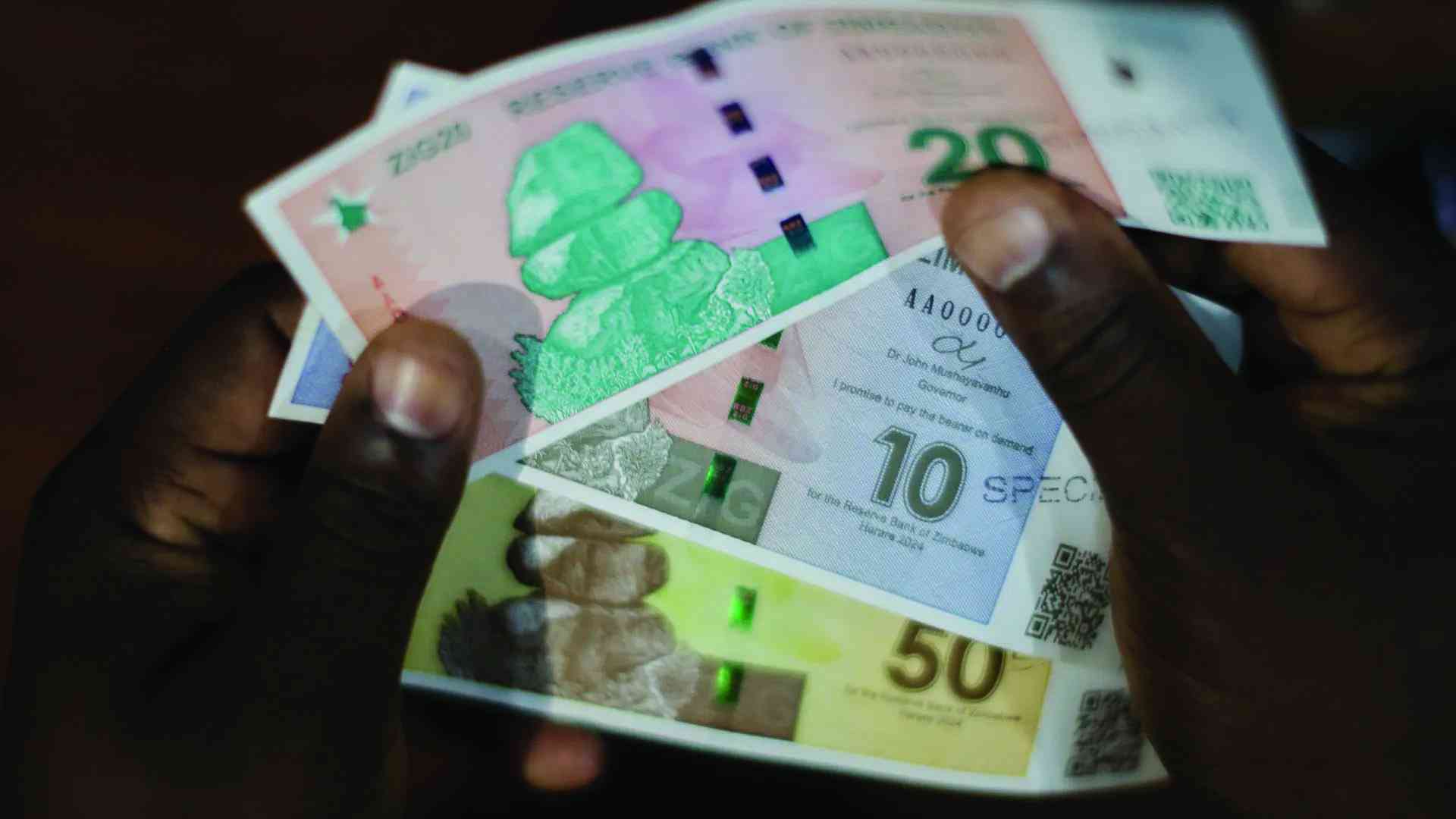
MORE job losses loom at Hippo Valley Estates Limited (pictured) as the sugar giant trims its workforce to “sustainable levels” before the close of financial year 2026, businessdigest can report.
Hippo initiated “Project Zambuko”, a plan to implement cost containment measures and optimise revenue.
After posting revenue of US$191,59 million for its financial year ended March 31, 2025, from a prior year comparative of US$340,47 million, Hippo is cutting costs, with labour among areas of focus.
The firm recorded a near 45% drop to profit after tax to US$13,44 million during the period under review.
“In response to continued cost pressure, the company launched Project Zambuko, a margin improvement initiative focused on cost containment and a revenue optimisation. As part of this, and in line with applicable labour legislation, an employee rationalisation process is underway to align labour costs with operational requirements,” Hippo chairman Canaan Dube and chief executive officer Tendai Masawi said in a joint statement attached to its annual financial results for the period ended March 31, 2025.
“The first phase of the retrenchment programme was initiated in February 2025 and ongoing in terms of finalising the labour law requirements, with the next phase to be scheduled in FY26.”
It added that currency volatility also influences labour, material, and other costs of providing goods or services.
According to Hippo, its agriculture division accounts for approximately 72% of the company’s full-time equivalent headcount, equating to 4 772 of its 6 628 employees, and bears the largest share of the wage bill.
- Tongaat Hulett in talks with 8 potential investors: Hippo Valley
- IH Securities predicts 6% Hippo Valley revenue drop
- Tongaat business rescue plan approval excites Hippo
- Hippo Valley to exhaust available borrowing facilities for capital
Keep Reading
“The revision to the minimum wage structure applicable to the company has placed it at a significant disadvantage relative to other sectors within the agriculture industry. The current minimum wage is US$280 per month, with US$224 payable in foreign currency,” the joint statement read.
“In contrast, private cane farmers supplying cane to the mill pay US$130 per month, with only US$125 in foreign currency. This differential continues to place pressure on the company’s cost base and operating margins.”
Hippo said the business unit now suffers a high cost of doing business in terms of labour costs after the minimum wage was increased to US$280.
“This continues to erode profit margins below generally acceptable agriculture margins when comparing with other agriculture operations, including other sugar-producing companies,” the joint statement read.







